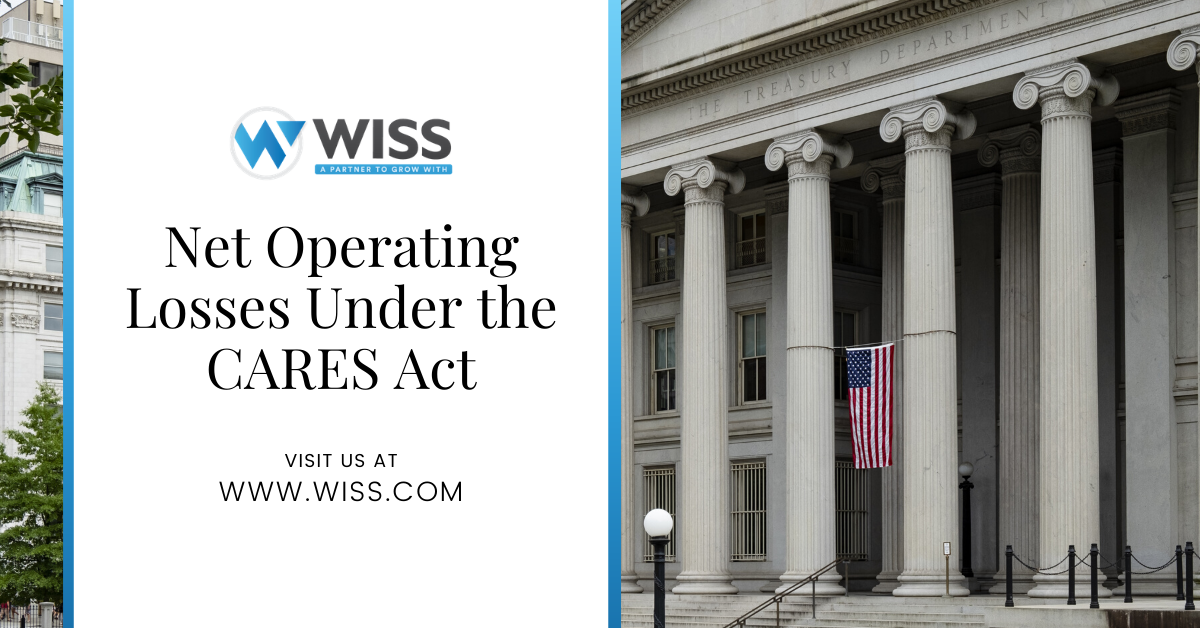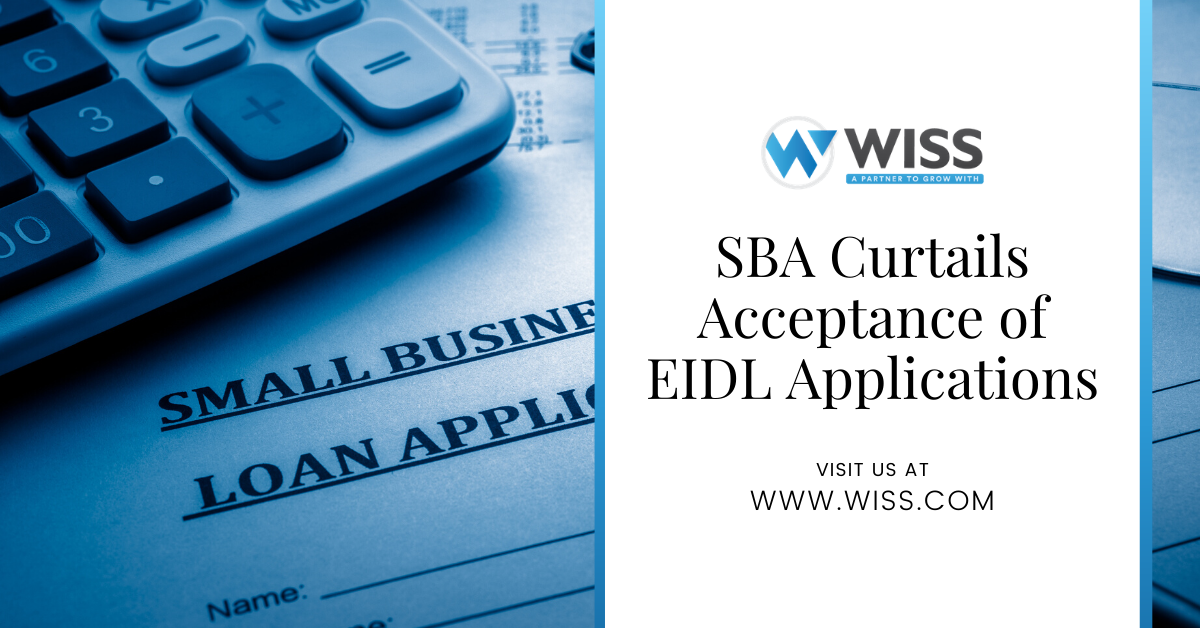Paycheck Protection Program Updates – April 14, 2020
NOTE: As of April 16, 2020 the SBA is advising applicants that funds for the PPP loan program have been exhausted. Congress is currently negotiating and working to infuse an additional $250 billion into the program. This guidance is applicable when the SBA begins accepting applications again. We will continue to provide updates as more information becomes available.
On April 14, 2020 the U.S. Small business Administration (SBA) issued an updated interim final rule which supplements the First PPP Interim Final Rule which was issued on April 2, 2020. This updated interim final rule provides guidance to self-employed individuals such as independent contractors, sole proprietors, partners in a partnership, members in an LLC and other individuals who use Form 1040, Schedule C when they file their tax return. This updated interim final rule applies to all applications under the PPP loan program through June 30, 2020 or until funds are exhausted.
Below are some key takeaways:
You are eligible for a PPP loan if you meet the following criteria:
- You were in operation on February 15, 2020
- You are an individual with self-employment including independent contractor or sole proprietor
- Principal place of residence is in the United States
- You filed Form 1040 Schedule C for 2019
Partnership Application
If you are a partner in a partnership, you may not submit a separate PPP loan application for yourself as a self-employed individual. Instead, the self-employment income of general active partners may be reported as a payroll cost, up to $100,000 annualized, on a PPP loan application filed by or on behalf of the partnership.
The SBA will issue additional guidance for self-employed individuals who:
- Were not in operation in 2019 but who were in operation on February 15, 2020
- Will file a Form 1040 Schedule C for 2020
How to calculate maximum loan amounts:
[table id=10 /] [table id=11 /]Participation in PPP may affect state-administered unemployment compensation
Participation in the PPP may affect your eligibility for state-administered unemployment compensation or unemployment assistance programs, including the programs authorized by Title II, Subtitle A of the CARES Act, or CARES Act Employee Retention Credits.
Use of PPP Loan Proceeds for Individuals With Income From Self-Employment Who File 2019 Form 1040, Schedule C
The proceeds of a PPP loan are to be used for the following:
- Owner compensation replacement, calculated based on 2019 net profit.
- Employee payroll costs. Payroll costs include:
- Salary, wages and tips
- Covered benefits for employees (but not owners), including health care expenses
- Retirement contributions
- State taxes imposed on employee payroll paid by the employer (such as unemployment insurance premiums)
- Up to $100,000 of annualized pay per employee
- No more than 25 percent of the forgiven amount may be for non-payroll costs.
- Mortgage interest payments (but not mortgage prepayments or principal payments) on any business mortgage obligation on real or personal property
- Business rent payments
- Business utility payments (must have claimed or be entitled to claim a deduction for utility expenses on 2019 Form 1040, Schedule C for expenses to be permissible during the eight-week period following the first disbursement of the loan (the “covered period”).
- Interest payments on any other debt obligation incurred before February 15, 2020. However, interest payments on other debt obligations are not eligible for PPP loan forgiveness.
- Refinancing an SBA EIDL made between January 31, 2020, and April 3, 2020 (maturity will be reset to PPP’s maturity of two years). If you received an SBA EIDL between January 31, 2020, and April 3, 2020, you can apply for a PPP loan. If an EIDL was used for payroll costs, the PPP loan must be used to refinance the EIDL . Proceeds from any advance up to $10,000 on an EIDL will be deducted from the loan forgiveness amount on the PPP loan.
Although the CARES Act makes businesses in operation on February 15, 2020, eligible for PPP loans, self-employed individuals will need to rely on their 2019 Form 1040, Schedule C, which provides verifiable documentation on expenses between January 2, 2019, and December 31, 2019.
What amounts will be eligible for forgiveness
The actual amount of loan forgiveness will depend on the total amount spent over the covered period on:
- Payroll costs up to $100,000 of annualized pay per employee
- For eight weeks, a maximum of $15,385 per individual (8 weeks /52 weeks)
- Covered benefits for employees (but not owners) including health care expenses, retirement contributions, and state taxes imposed on employee payroll paid by the employer (such as unemployment insurance premiums)
- Owner compensation replacement, calculated based on 2019 net profit, with forgiveness amounts limited to eight weeks’ worth of 2019 net profit, but excluding any qualified sick leave equivalent amount for which a credit is claimed under Section 7003 of the Families First Coronavirus Response Act (FFCRA) (Public Law 116-127) or a qualified family leave equivalent amount for which a credit is claimed under Section 7004 of FFCRA.
- Payments of interest on mortgage obligations on real property incurred before February 15, 2020, to the extent they are deductible on Form 1040, Schedule C (business rent payments).
- Utility payments under service agreements dated before February 15, 2020, to the extent they are deductible on Form 1040, Schedule C (business utility payments).
Independent contractors, sole proprietors and individuals with income from self-employment will need to provide their lender with the following documents with a request for loan forgiveness:
- Borrower certification that the documentation presented in connection with forgiveness is true and correct, and the amount for which forgiveness is requested that was used to retain employees, make interest payments on a covered mortgage obligation, make payments on a covered rent obligation or make covered utility payments, as required under Section 1106(e)(3) of the CARES Act
- Documents reflecting the number of employees (Form 941)
- State quarterly wage unemployment insurance tax reporting forms or the equivalent payroll processor records that best correspond to the covered period (with evidence of any retirement and health insurance contributions)
- Evidence of business rent, business mortgage interest payments on real or personal property, and utility payments during the covered period if you used loan proceeds for those purposes

 Previous
Previous






